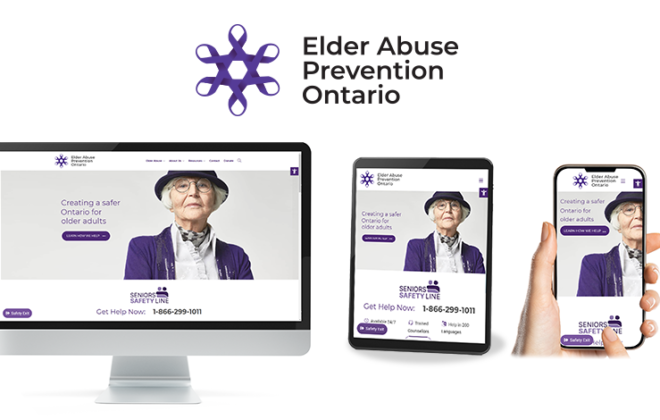The 12 Days of Holiday Safety
In the true spirit of the season, and to help keep family and friends out of harm’s way, here are some tips and helpful hints for The 12 Days of Holiday Safety:
On the First Day … prepare your home for the holidays – and safety. Make sure you have a working carbon monoxide detector, smoke alarm, fire extinguisher and a first aid kit. If you live in an apartment or are staying in a hotel, know where the fire alarms and emergency exits are located.
On the Second Day … make a plan. Your family may not be together when an emergency occurs. Plan how to meet or how to contact one another, and discuss what you would do in different situations. Watch this video for helpful tips.
On the Third day … think about special needs. Establish a personal support network of friends, relatives, health-care providers, and neighbours who understand your personal needs. Write down details about accommodation needs, allergies, family medical history, medical conditions, etc. For more information, check out this Guide.
On the Fourth Day … decorate with safety in mind. Never leave burning candles unattended and keep them away from children and pets, decorations and wrapping paper. Cut candle wicks short to prevent a high flame, and if candles are used in a centrepiece, make sure they don’t burn low enough to ignite the decoration.
On the Fifth Day … make your tree safe. When buying a real tree, check that it is fresh (needles are hard to pull off). Water the tree daily – trees can consume up to four litres of water a day. Place the tree away from high traffic areas, doorways, heating vents, radiators, stoves, fireplaces and burning candles. If young children are around, use safe decorations. Health Canada has some great holiday safety tips.
On the Sixth Day … keep lights bright. Only use lights that have been certified by a recognized organization such as CSA, ULC or C-UL. Make sure you use indoor lights inside your home and outdoor lights outside. Check the light strings and extension cords, throwing out any that are frayed or have exposed wires, loose connections or broken sockets. Never run electrical cords through doorways or under carpets. Turn off all holiday lights before you go to bed or leave your home.
On the Seventh Day … choose appropriate toys. Always follow age recommendations when choosing toys for children. Pay attention to Health Canada’s recalls and safety alerts.
On the Eighth Day … get ready for severe winter weather. Blizzards, ice storms, and high winds can develop quickly. Listen to local radio or television stations for severe weather warnings and advice.
On the Ninth Day … prepare your car for an emergency. Install winter tires and make sure windshield washer fluid is always topped up. Prepare a kit to keep in your vehicle in case of an emergency, with items such as a blanket, a candle in a deep can and matches, and first aid kit with a seat belt cutter. Use this list to help you.
On the 10th Day … prevent illness. Protect yourself and others from getting the flu. A flu shot is the safest and most effective way to prevent infection, to reduce the severity of your symptoms if you do get sick, and to keep from spreading the virus to others.
On the 11th Day … learn first aid. Knowing first aid could save a life. Contact your local Canadian Red Cross or St. John Ambulance office to find out about first aid courses in your area.
On the 12th Day … know the risks. Across Canada, we face a number of hazards, such as earthquakes in BC, blizzards in Nunavut and ice storms in Ontario. Knowing the risks where you are can help you better prepare and eliminate stress… especially during the holiday season.
Happy Holidays from Public Safety Canada!
To learn more about how to become better prepared to face a range of emergencies, visit GetPrepared.ca, or follow us on Twitter @Get_Prepared.
Article originally appeared at: www.getprepared.gc.ca





